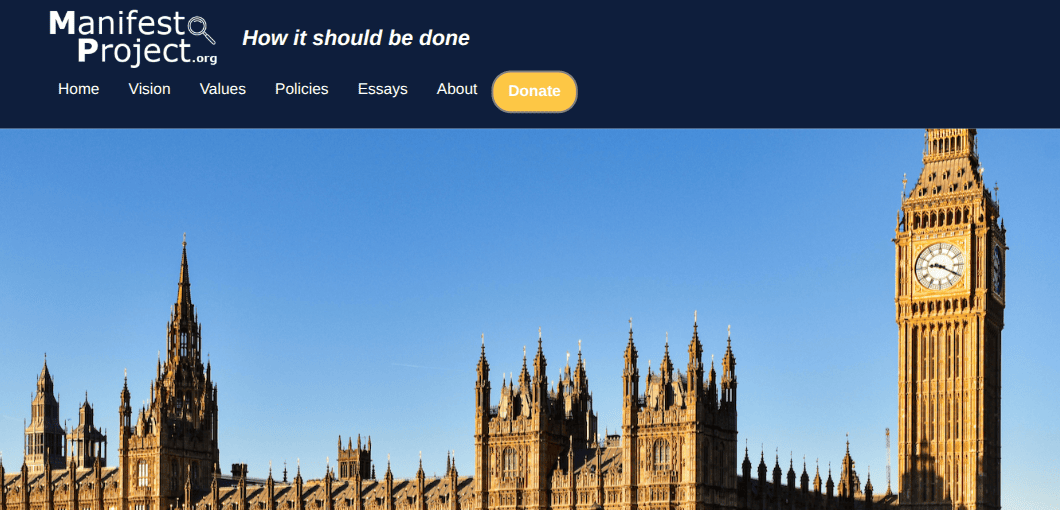Churchill's Gold Standard Disaster
Britain's return to the gold standard in 1925 caused economic catastrophe, unemployment, and deflation. The evolution through Bretton Woods, Nixon shock, petrodollar system, and crises like 1976 IMF bailout and Black Wednesday demonstrates why gold standard restoration would prove impossible today.






